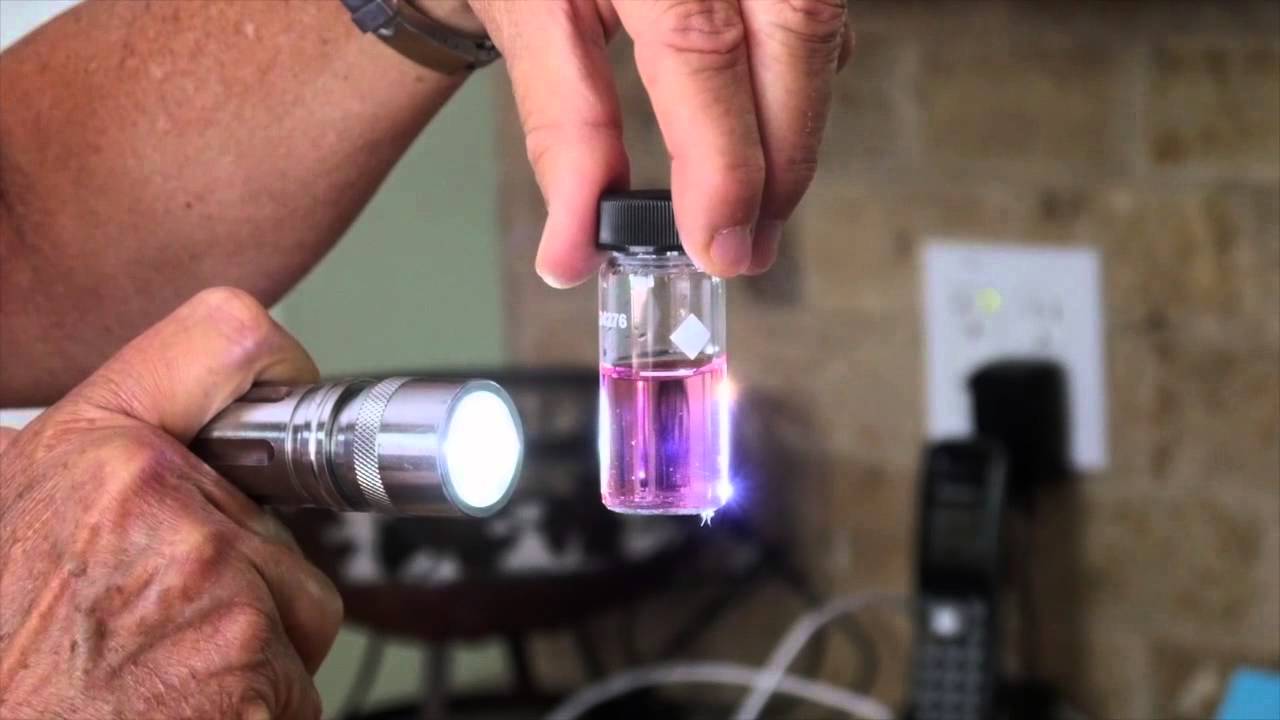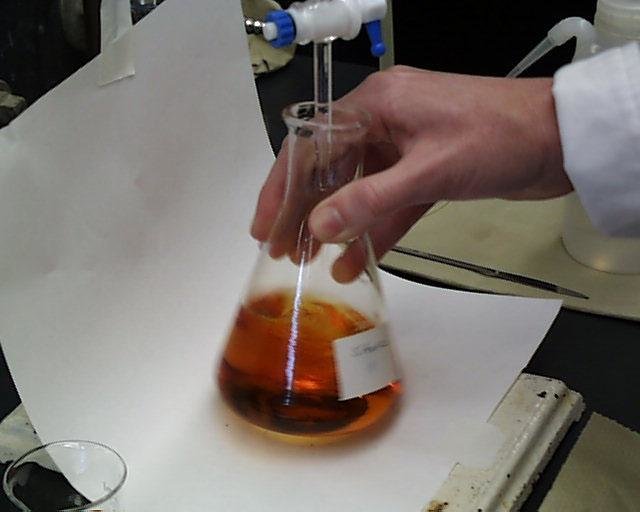
Principle of calcium ion detection in water
In fact, the principle of rapid detection of calcium ions in water quality is very simple. We use calcein-phenolphthalein as an indicator, and use EDTA to titrate the calcium ions in the water sample when the pH of the water sample is ≥12. The color of the end point changes from yellow-green to yellow-green under a black background. It is red, and magnesium forms a magnesium hydroxide precipitate under this pH condition.Reagents and instruments used for testing
1. Micro burette, 10mL acid type2.20% potassium hydroxide solution
3. Triethanolamine solution (1+2).
4. Hydrochloric acid solution (1+1).
5. Calcein-phenolphthalein mixed indicator. Weigh 0.2g of calcein and 0.07g of phenolphthalein in a glass mortar, add 20g of potassium chloride to grind it evenly, and store it in a ground bottle (or use the indicator to test paper) .
6. Weigh 1.000g of reference calcium carbonate (CaCO3) dried at 150℃ for 2h, dissolve it in 10mL hydrochloric acid solution (1+1), heat to boiling, cool and transfer to a 1L volumetric flask. Dilute to the mark with secondary reagent water and shake well.
7.0.01mol/L EDTA standard solution
a. Preparation Weigh 4.0g of disodium ethylenediaminetetraacetic acid, dissolve it in 200mL of secondary reagent water, dilute to 1L with secondary reagent water, and store in a plastic bottle.
b. Calibration accurately draw 25mL 0.01mol/L calcium standard solution into a 250mL Erlenmeyer flask, add 75mL secondary reagent water and 5mL 20% potassium hydroxide solution, and then add about 30mg calcein phenolphthalein mixed indicator (or 1 piece of test paper) ), titrate with EDTA standard solution on a black background until the yellow-green fluorescence of the solution disappears. When the solution is red, it is the end point of the titration. At the same time, make the blank test correction result.




